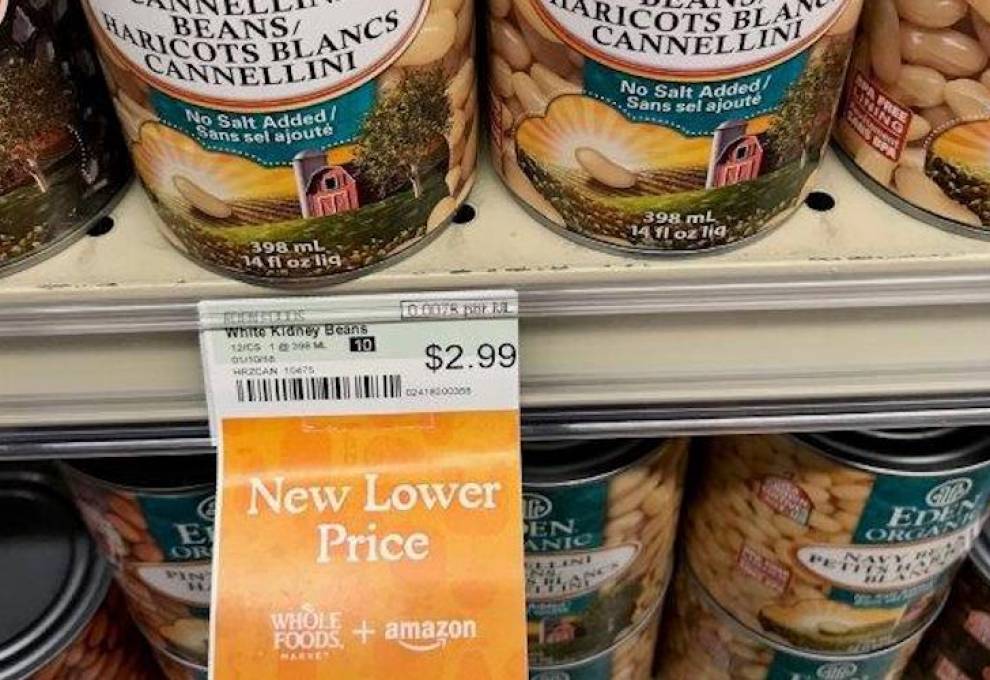
Selling food is changing. One of the channels where there were few opportunities for produce was drug. This is all changing. With Loblaw’s purchase of Shoppers Drug Mart the landscape will change. Recently Metro purchased Jean Coutu, which is also an opportunity for them to move more food through these stores. Sobeys have owned Lawtons for many years and once they get their food retail business going in the right direction we might see more food in these stores as well.
Drug stores with their small footprint and urban locations will be an excellent opportunity to sell more food in the future. We used to see pop, chips and ice cream but now we are starting to see limited listings in traditional food store departments such as produce, deli, meat, bakery and grocery.
Most of these drug stores are located between consumers and the larger grocery stores. Location is their point of differentiation. Many of these urban consumers depend on public transportation so orders will be smaller and more frequent. They also do not have big kitchens with a lot of storage.
The key to success for these stores is to charge a premium but not drive people away with price. They do have the space to offer the best sellers in smaller sizes. Convenience is the name of the game so consumers will pay more but not too much more.
Opportunities
Selling into drug stores will require different sizes and perhaps even different product specs. Different sizes will allow them to charge more per unit. This will be important to making food work long term. Volume will be considerably lower than the other food stores so they will need more cents per unit profit.
They will also need to use different sizes to make it more difficult for consumers to compare prices. There is a price for convenience however it will only go so high. As the drug chains add more food they will experiment with price relative to food stores to see how high they can go before volume starts to slow down too much.
Product specs could be different in these stores where smaller sizes might appeal to shoppers and help with the price proposition. Suppliers will find this beneficial as well in that some smaller size might now have a home where there could be a slight premium.
People will not eat more however food in drug stores might win some business back from food service. Many of these consumers in the urban core eat out more and access to fresh quality food could bring some of them back into the kitchen.
Prepared foods will be popular with these shoppers. They shop more frequently and convenience is key. Products that are partially or fully prepared will be in demand. Given their cost of housing they probably are not willing to trade quality for convenience so the prepared products need to be done properly.
Challenges
Staff is a challenge in these stores because they are not trained in food (yet). Retailers are working on it but it takes time and money. Suppliers who can help this will be more valuable to retailers. This does not always have to be in person. Perhaps add care and handling to your boxes or online videos to train staff.
Small pack sizes are also something that will be in demand with drug. Currently retailers do not have more space in warehouses so they are trying to service stores with what they have. To do this right they will need to maintain different listings for these stores. Most likely they will want to prove the concept before they invest in more warehouse space. Part of the efficiency is delivering on their own trucks, which means it will come from the same warehouse. Look for the most popular items to switch first. Mini potatoes are the obvious example where they already list the small size in their other stores.
A challenge for suppliers will be how retailers choose to set up their merchandising. If they use existing fresh merchants they will be difficult on cost as they are used to big volume in their other stores. If they use new merchants they will need to learn fresh and if history repeats itself they will want to do fresh food like they do drug, which will not work. Understand the structure and plan accordingly!
Selling to drug stores
Initially suppliers need to understand the structure. This is evolving, with Shoppers Drug Mart and Jean Coutu purchased by food companies. Lawtons has been operated autonomously for many years. London Drug has always had a lot of grocery but fresh will be new if they decide to go in this direction. Learn about the merchants and put together your plan.
Stay close to the stores. There will be a lot of tests and trials. You need to be in stores to understand what is working and what is not. Talk to staff and learn from them. Merchants might not know all of the answers.
Watch distribution and shrink on your items. Turns will be different and you might need to find longer shelf life options for packaging if possible.
More than likely the best long-term solution will be smaller than your current listings. Do the math on the costing and ensure there is enough profit before you get into long-term commitments.
If you have any questions about selling your products in drug stores please give me a call at (902) 489-2900 or send me an email at peter@skufood.com. Next month we will explore selling direct to consumers.
RETAIL NEWS
Amazon is a presence in Whole Foods
I had a chance to visit a Whole Food store recently. It is interesting to see more ‘price’ message and lower inventory levels, with Amazon taking credit for new lower prices. It will be interesting to see if this translates into more volume for Whole Foods or just some lower margins. Without a detailed price check for several weeks it is difficult to tell if the overall prices are lower. It is easy to put a sign on the lower prices and just move others up.
The WOW merchandising of Whole Foods was not as good as it used to be. Certainly less shrink will help margins but the store just did not have the great impression Whole Foods used to have.
Amazon invested in Whole Foods to learn about food and food shoppers. They have deep pockets and a history for investing. We will see how it impacts the food industry.

Add new comment